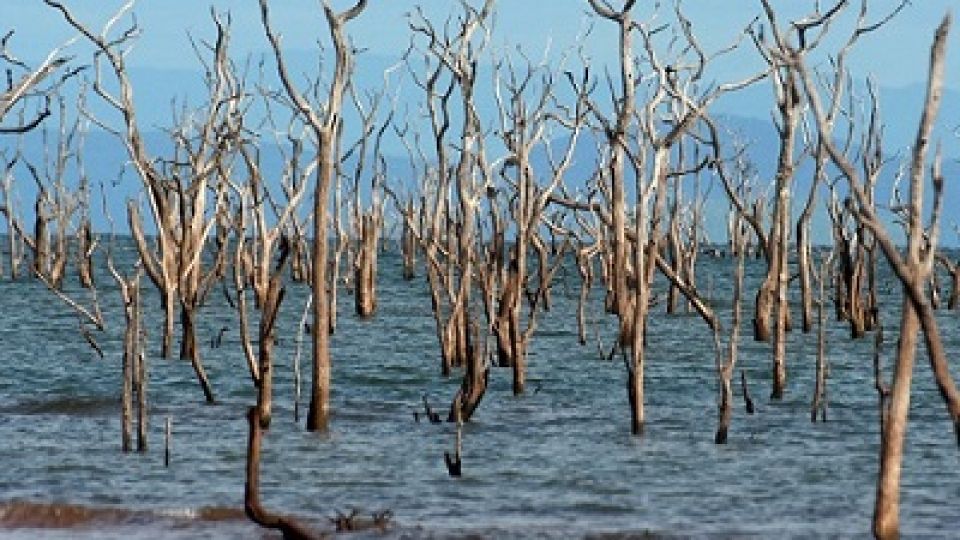from OBERT SIAMILANDU in Kariba, Zimbabwe
Zimbabwe Bureau
KARIBA, (CAJ News) – DEAD trees have become a major tourist attraction in Lake Kariba, Zimbabwe.
The trees that protrude from the deep waters of the 280km giant water reservoir, were part of the vegetation that was submerged when Kariba started filling up in the early 60s.
The dead trees are some of the oldest features that have remained standing despite the large volume of water in the Lake.
While some ordinary Kariba residents, villagers and visitors see little value in the dead wood, tourists who flock to the resort town for an adventure, view the dark and unmistakable trees as part of the lake’s history and a tourism emblem.
A Russian tourist who visited Lake Kariba for a boat charter last week, Minac Vikanovic, described the dead trees as unique and a great symbol of Lake Kariba’s history.
“To me, dead as they are, these trees are a great symbol of the history and ecology of Lake Kariba,” Vikanovic said.
“I have seen a lot of Lake Kariba images on various websites and social media platforms with these beautiful trees and this forced me to visit the resort town and have a look at them with my naked eyes. This is not just amazing to see but it’s historical.”
Probably older than the Kariba dam itself, the trees are seen as treasure to the history of Kariba. They also accommodate some insects, which are a good food to fish.
Face of Kariba (FOK) founder and director, Aloise Chimbangu said the trees were a tourist attraction as they represented a family of species which survived long back.
He said there was a need to market them as they have a long, rich and untamed history.
“The petrified forests are dead Mopane trees which were covered by water in the formation of Lake Kariba when water started filling up at a very alarming rate as a result of a flood,” said Chimbangu.
“The trees can be used in the marketing of Kariba in so many ways. They can also be a spot for educational tours on the history of the formation of Lake Kariba and dam wall construction,” Chimbangu added.
A lot of vegetation was submerged when Lake Kariba started filling up.
“The in-depth knowledge of this vegetation would help us to understand how the dead trees are valuable to the tourism of a town like Kariba,” said a Kariba based tour guide, Doubt Mutevera.
“We are privileged that the dead trees have become part of the lake’s history and this is worth celebrating.”
– CAJ News

